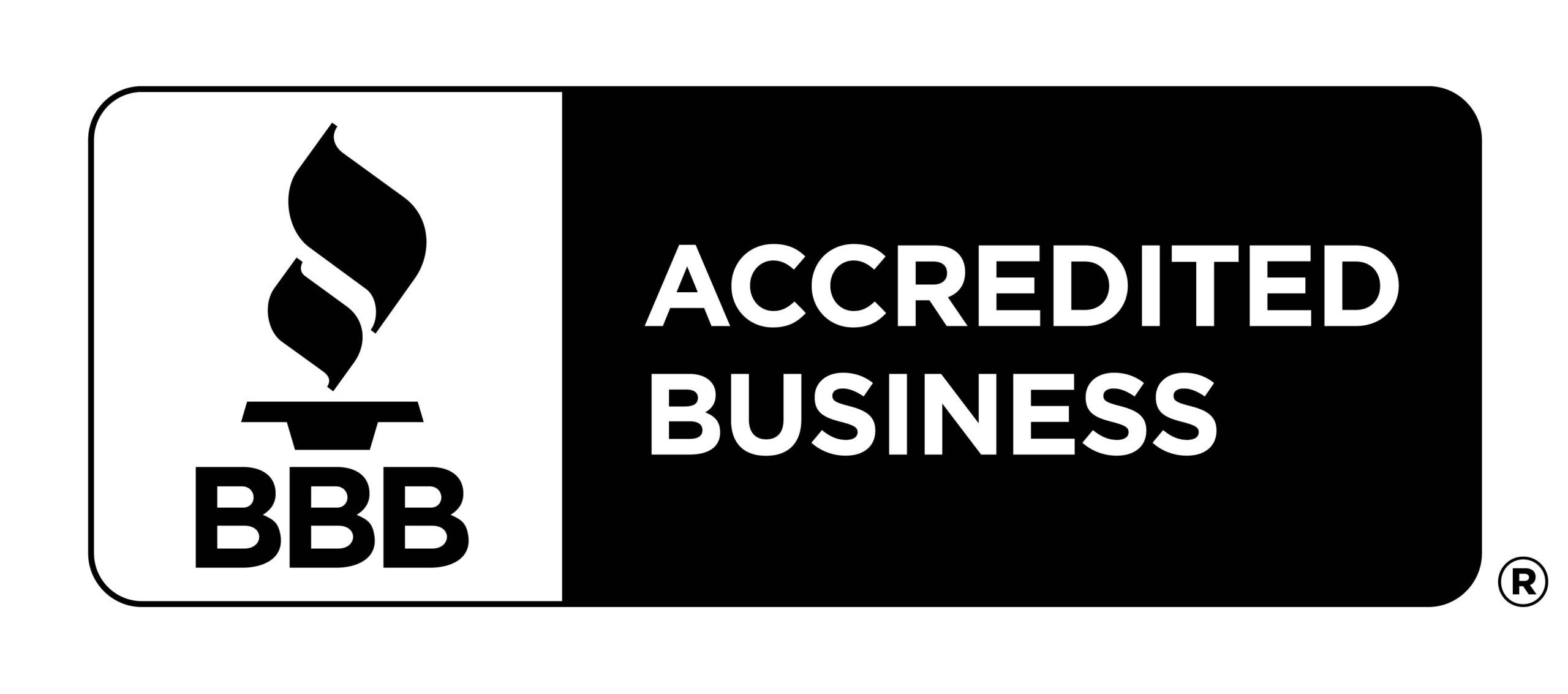Menu

As the year winds down and you look at the overall commercial real estate market, there were definitely challenges – retailers were closing doors, the future of office space is still uncertain, supply chain issues have persisted, and inflation is near 40-year highs prompting the Fed to steadily increase interest rates1. However, there are still bright spots in the commercial real estate market forecast. The one asset class that has outperformed all the others in 2021 was self storage. With an average occupancy of 92%, self storage is a viable option for those looking for alternative investment opportunities as it provides income and inflation resistance (since rates can change daily2.
Also see our blog, "Why Self Storage in a Recession?"
In today’s self storage industry, almost 40% of Americans rent a self storage unit with Gen X leading the other age groups. This segment of the commercial real estate industry is growing tremendously in popularity because it assists people during many key life events – growing your family, downsizing, moving, death, and divorce. Typically, homeowners with smaller homes tend to use self storage more, but the percentage of owners of larger homes is also on the rise3.
The primary reason investors are now looking at this asset class is because it can be an inflation hedge. Most units are on a month-to-month rent, which can increase each month to keep up with inflation. According to the 2023 Self-Storage Almanac, consumers typically rent a 10x10 storage unit. The rent for these units increased by 13% in 2022. In 2001-2023 the average return on self-storage was 20.87%, and in 2006-2021 it was 18.76%. Numbers like this are gaining the attention of investors.
Furthermore, the average sale price of storage properties has appreciated by more than 30% over the past five years4.
See "2022 Outlook for Self Storage."
Also, see what the Forge President and CEO have to say about "Self storage as an investment."

In today’s market, you do not necessarily need to buy and build your own self storage facility. Some companies create self storage turnaround investments that are for accredited investors. These funds tend to buy self-storage units from “mom and pop” operators and add economies of scale, invest in the properties, and increase the return on investment (ROI) for investors.
So, whether an investor wants to buy and own a self storage facility outright or just benefit from the long-term economic benefits, self storage facilities stand to serve both types of investors well5.
1. Brooks, A. (2022, December 2). J.P. Morgan. Retrieved from jpmorgan.com: https://www.jpmorgan.com/insights/outlook/economic-outlook/2023-commercial-real-estate-trends
2. Hubler, F. (2023, September 5). Forbes. Retrieved from Forbes.com: https://www.forbes.com/sites/fredhubler/2023/09/05/self-storage-isnt-just-for-hoarders-a-primer-for-investors/?sh=2e5e810d77be
3. Mohan, M. (2022, August 15). Storage Cafe. Retrieved from storagecafe.com: https://www.storagecafe.com/blog/self-storage-use-and-main-demand-drivers/
4. Weinstock, S. D. (2022, January 15). Inside Self Storage. Retrieved from insideselfstorage.com: https://www.insideselfstorage.com/market-conditions/how-will-self-storage-perform-year-ahead-real-estate-market-outlook-2022
5. Cone, J. (2018, January 11). U.S. News and World Report. Retrieved from money.usnews.com: https://money.usnews.com/money/blogs/the-smarter-mutual-fund-investor/articles/2018-01-11/self-storage-is-an-investment-alternative
